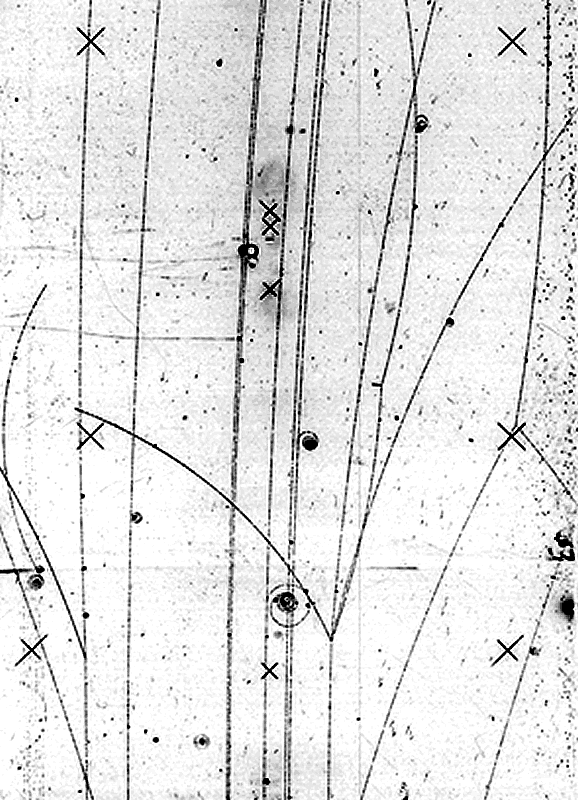The following is the description for this figure provided by my textbook:
The paths of different types of radiation in a magnetic field. Using the right-hand slap rule, we see that positively charged particles are forced to the right. [...]
Why are the positively charged particles going to the right? I think there isn't enough information. Based on the figure, one can only deduces that magnetic field is going out from the screen or page.
It still isn't to me that why the positive charges move to the right? I do know that whatever the direction in which the positive charges move, the electrons will move directly opposite.
How can I figure out where is the direction of the lorentz force? Subsequently, how can I figure out the direction of the individual charged particle?


